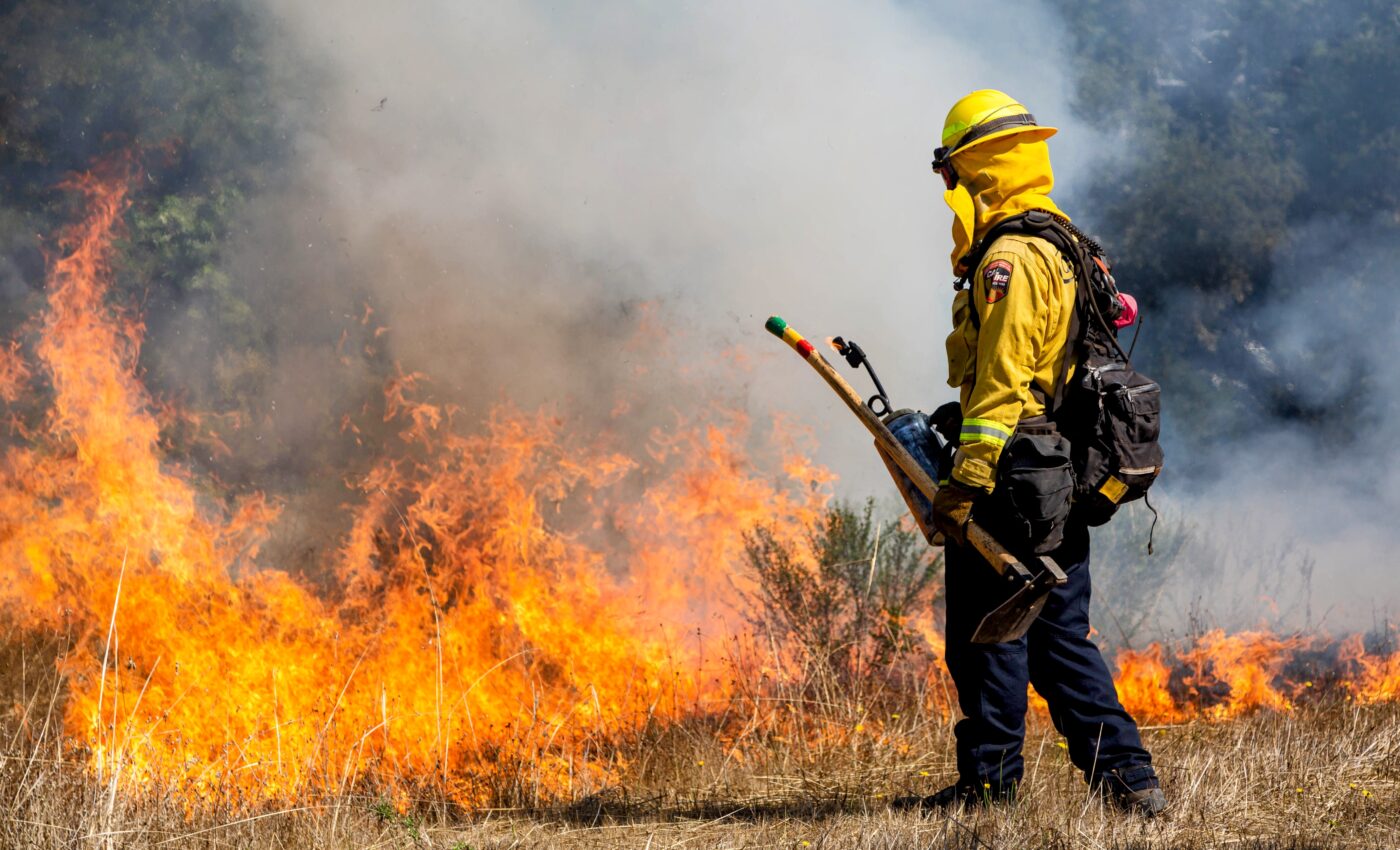
Climate change restricts the use of controlled burns, amplifying fire risks
A recent study led by UCLA climate scientist Daniel Swain has found that climate change is restricting the use of controlled burns, a crucial tool in preventing wildfires in the Western United States.
According to the study, rising temperatures will cut the number of favorable days for prescribed fires by about 17 percent across the Western United States during warmer seasons.
On the other hand, there will be a net four percent increase in the number of favorable days in the winter.
Controlled burns
Controlled burns, also known as prescribed fires, are initiated by trained firefighters to eliminate excess dry plant matter, reducing the risk of catastrophic wildfires.
The safe use of controlled burns is dependent on specific weather conditions, which are impacted by climate change, reducing the number of suitable days for these preventive measures.
Rising temperatures
Given the projected temperature increase of 2.0 degrees Celsius (3.6 degrees Fahrenheit) by 2060, favorable conditions for prescribed fires will decrease, particularly during the spring and summer months.
Study co-author Kristen Shive noted that burn prescriptions vary by location and vegetation type, with target temperatures commonly ranging from 50 to 70 degrees Fahrenheit with 10 to 20 percent relative humidity.
Agencies must adapt
Swain said that with climate change, agencies in charge of controlled burns will need to adapt their policies and staff availability as the majority of personnel are seasonal workers whose employment concludes by mid-autumn.
“Global warming will reduce the number of favorable days for prescribed fires throughout the American West, but winter in particular may emerge as an increasingly favorable time for prescribed burns if the relevant policy and staffing changes can be made,” said Swain.
Regional differences
The study also noted variations in different regions, with California experiencing significant changes, particularly in its coastal and southern parts where many areas are losing up to a month of days suitable for controlled burns annually.
Conversely, the northern regions of the Rocky Mountains may witness a slight increase in the number of days suitable for such fires.
Escalating wildfire crisis
Yet, according to Swain, not much will change in the short term. “We’re just not doing a lot of prescribed fire compared to what is needed, at scale, to really address the escalating wildfire crisis.”
The study offers valuable insights for agencies to plan ahead, especially concerning workforce planning, to effectively respond to the challenges posed by climate change in managing and preventing wildfires.
“This paper is giving us advanced warning,” Shive said. “Hopefully we can change policies to either extend those folks or create winter-specific crews.”
The research is published in the journal Communications Earth and Environment.
Like what you read? Subscribe to our newsletter for engaging articles, exclusive content, and the latest updates.
—-
Check us out on EarthSnap, a free app brought to you by Eric Ralls and Earth.com.













